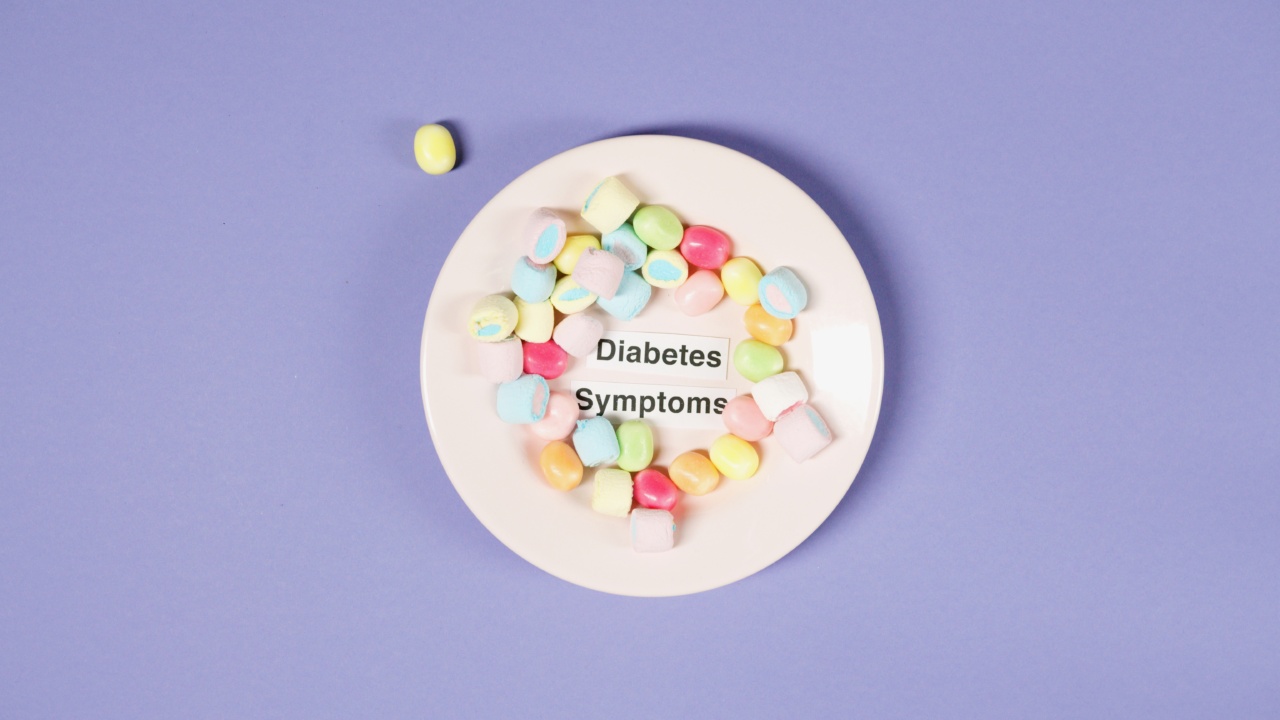Podagra, commonly known as gout, is a type of arthritis that occurs due to the accumulation of uric acid crystals in the joints. It is a painful condition that affects millions of people worldwide.
Although there is no cure for gout, managing its symptoms is possible with lifestyle changes, including a healthy diet.
Understanding Podagra and the Role of Diet
Uric acid is a waste product that is produced during the breakdown of purines in the body. Normally, uric acid is flushed out of the body through urine.
However, in some people, they may produce too much uric acid or have difficulty removing it from the body. When this happens, uric acid can accumulate in the joints, forming sharp crystals that cause pain, swelling, and inflammation – a condition known as podagra or gout.
While genetics play a role in the development of podagra, lifestyle factors such as diet also have a significant impact. Diet can affect the production and elimination of uric acid, which can either worsen or alleviate the symptoms of podagra.
What to Eat: The Best Diet for Podagra
As a general rule, people with podagra should aim for a balanced diet that emphasizes whole foods and limits processed items. Here are some specific foods that have been shown to help manage podagra symptoms:.
Fruits and Vegetables
Fruits and vegetables are excellent sources of vitamins, minerals, and antioxidants, all of which are essential for overall health. Some studies have found that fruits and vegetables may have a protective effect against gout.
For example, one study found that increasing the intake of fruits and vegetables was associated with a lower risk of gout attacks. Another study showed that cherry consumption reduced the risk of gout attacks by 50%.
Low-Fat Dairy
Low-fat dairy products, such as milk, yogurt, and cheese, are good sources of calcium and may help lower uric acid levels.
In a study, participants who consumed low-fat dairy products showed a 42% lower risk of gout attacks compared to those who did not consume dairy. However, high-fat dairy products should be avoided as they may worsen gout symptoms.
Whole Grains
Whole grains, such as brown rice, quinoa, and whole-wheat bread, are rich in fiber and complex carbohydrates. They may help improve insulin sensitivity and reduce the risk of certain chronic diseases.
In addition, some studies have suggested that whole grains may be beneficial for people with gout. For example, one study found that a diet rich in whole grains was associated with a lower risk of gout attacks.
Plant-Based Proteins
Protein is an essential nutrient for building and repairing tissues in the body. However, certain sources of protein, such as meat and seafood, are also high in purines, which can exacerbate gout symptoms.
Plant-based proteins, such as beans, lentils, nuts, and tofu, are great alternatives that provide protein without the high purine content. In fact, some studies have found that replacing animal protein with plant-based protein may be helpful for managing gout symptoms.
What to Avoid: The Best Diet for Podagra
In addition to knowing what foods to eat, it is equally important to understand what foods to avoid when managing podagra symptoms. Here are some foods and beverages that people with podagra should limit or avoid:.
High-Purine Foods
Foods that are high in purines should be limited or avoided as they can increase uric acid levels in the body.
Some examples of high-purine foods include organ meats (like liver and kidney), red meat, seafood, and some types of beans (like lentils and chickpeas).
Sugary Drinks
Drinks that are high in sugar, like soda and fruit juice, can raise uric acid levels and increase the risk of gout. A study found that consuming sugary drinks was associated with an increased risk of gout attacks.
Alcohol
Alcohol consumption, especially beer and wine, can increase uric acid levels and worsen gout symptoms. In fact, alcohol has been identified as one of the strongest risk factors for gout.
People with podagra should limit or avoid alcohol altogether to manage their symptoms.
Additional Tips for Managing Podagra Symptoms
In addition to making dietary changes, there are other lifestyle modifications that can help manage podagra symptoms. Here are some recommendations:.
Stay Hydrated
Drinking plenty of water and other fluids can help flush out excess uric acid from the body and prevent its buildup. Aim for at least eight glasses of water per day, and more if you are physically active or are in a hot climate.
Maintain a Healthy Weight
Being overweight or obese can increase the risk of gout and worsen its symptoms. Losing weight through a healthy diet and regular exercise can help improve overall health and reduce the risk of gout attacks.
Exercise Regularly
Physical activity can help improve joint flexibility and reduce inflammation in the body. Choose low-impact exercises that put less stress on the joints, such as walking, cycling, or swimming.
Aim for at least 150 minutes of moderate-intensity exercise per week.
Manage Stress
Stress can trigger gout attacks in some people. Finding healthy ways to manage stress, such as through meditation, yoga, or deep breathing exercises, can help reduce the risk of gout attacks.
Conclusion
Managing podagra symptoms through diet and lifestyle changes is possible. Eating a balanced diet that emphasizes whole foods and limits processed items can help reduce the risk of gout attacks and improve overall health.
In addition to making dietary changes, staying hydrated, maintaining a healthy weight, exercise regularly, and managing stress can help minimize the symptoms of podagra and improve quality of life.































